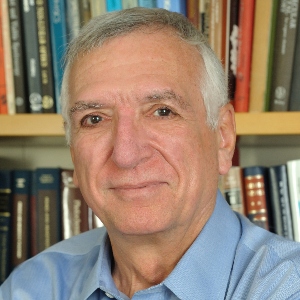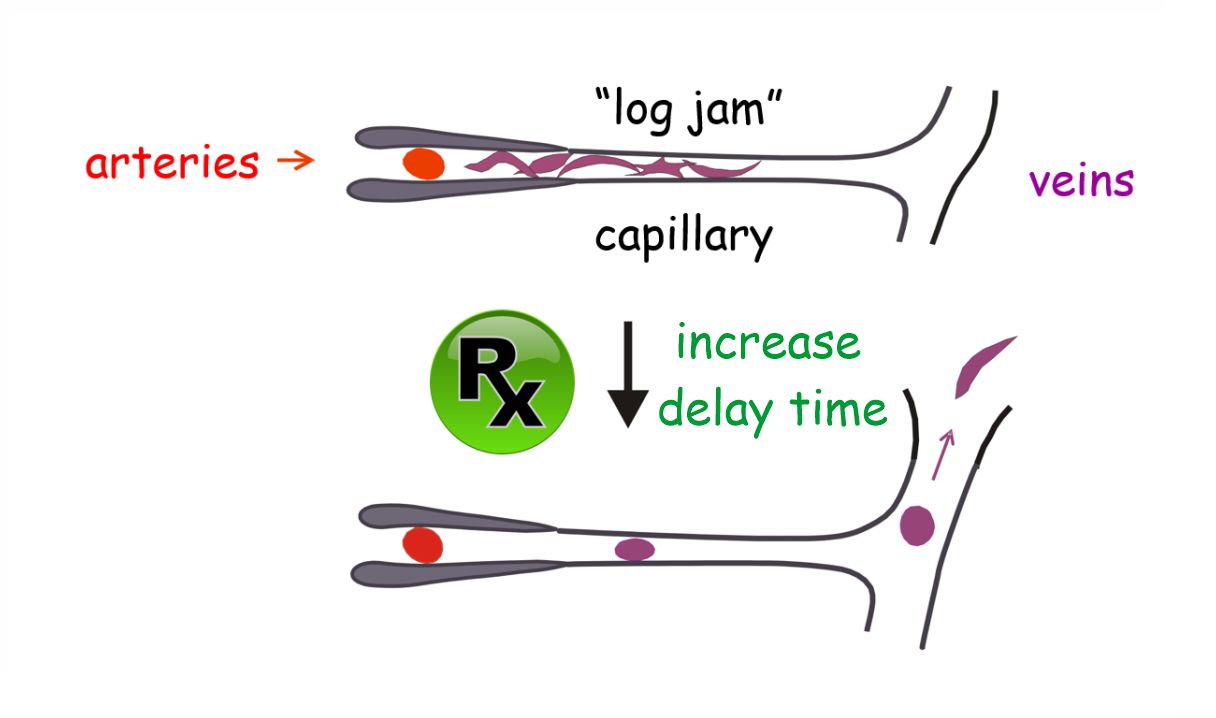William A. Eaton, M.D., Ph.D., NIH Distinguished Investigator

Professional Experience
- Chief, Laboratory of Chemical Physics, 1986-2021
- Scientific Director, Intramural AIDS Targeted Ant-viral Program (IATAP), 1986-2018
- Ph.D., University of Pennsylvania, 1967
- M.D., University of Pennsylvania, 1964
- B.A., University of Pennsylvania, 1959
Research Goal
The purpose of our research is to investigate the molecular pathogenesis of sickle cell disease and to discover new drugs to treat the disease.
Current Research
Current research is focused entirely on pathophysiology and drug discovery for sickle cell disease, as well as monitoring ex-vivo sickling in sickle cell patients on drug trials, gene therapy trials, and natural history studies in collaboration with NHLBI and NIAID hematologists. A highly-sensitive, pathophysiologically-relevant and high throughput assay has been developed to screen compounds for ant-sickling activity. The assay uses nitrogen deoxygenation to induce sickling and automated image analysis based on machine learning to detect the formation of sickle fibers in individual red cells. As a strategy for the most rapid path to bringing a drug to market, the first phase of the screen has been to test compounds that have already become approved drugs or have been tested in humans (Metaferia et al., PNAS 2022).
Applying our Research
Hydroxyurea, approved by the FDA in 1998, is the only successful anti-sickling drug that is currently used to treat sickle cell disease. It helps, but does not cure, about 50 percent of patients.
Need for Further Study
Current additional studies are screening a variety of large libraries of compounds, which, if anti-sickling, could then be tested in transgenic sickle mice.
Select Publications
- Phenotypic screening of the ReFRAME drug repurposing library to discover new drugs for treating sickle cell disease.
- Metaferia B, Cellmer T, Dunkelberger EB, Li Q, Henry ER, Hofrichter J, Staton D, Hsieh MM, Conrey AK, Tisdale JF, Chatterjee AK, Thein SL, Eaton WA.
- Proc Natl Acad Sci U S A (2022 Oct 4) 119:e2210779119. Abstract/Full Text
- Treating sickle cell disease by targeting HbS polymerization.
- Eaton WA, Bunn HF.
- Blood (2017 May 18) 129:2719-2726. Abstract/Full Text
Research in Plain Language
Sickle cell disease is an inherited blood disorder due to an altered hemoglobin, the molecule that carries oxygen from the lungs to the tissues. The disease is characterized by anemia, acute and chronic organ damage, shortened life span, and episodes of pain that are so severe that they are called a “sickle cell crisis.” The disease can be cured by stem cell transplantation and gene therapy, but these treatments are costly and require advanced medical facilities. Since more than 95% of sickle cell patients in the world live in under-resourced areas such as sub-Saharan Africa and India, these curative treatments will not be available to them for many years. What is urgently needed now is an inexpensive pill to decrease the severity of the disease.
Related Links
- Abbreviated Curriculum Vitae of William A. Eaton (PDF, 106.65 KB)
Research Images


